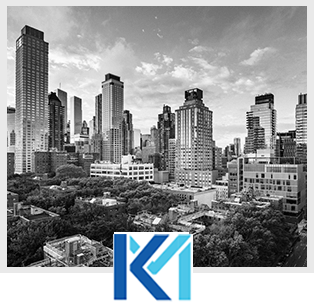New York recently became the second state to ban hair discrimination. On July 12, Governor Andrew Cuomo signed a bill that adds new protections to the state’s Human Rights Law, as well as the Dignity for All Students Act.
The governor’s press release explained why the law is important. Rules that focus on hairstyles have long marginalized people of color, especially women. And as Governor Cuomo said, the law marks “an important step toward […] ensuring people of color are protected from all forms of discrimination.”
When does the law take effect?
The law has already taken effect. And it extends the definition of racial discrimination to cover certain traits often tied to race, including “hair texture and protective hairstyles.”
This means that employers, schools, and other public places may no longer force certain changes to your hairstyle. But the law doesn’t kill every type of hair-based rule. It leaves some room for rules that apply fairly to everyone, regardless of race or gender.
This means employers, schools and other places will want guidance, and they may find some from New York City. The city had earlier passed a similar law and distributed some legal guidance on the matter. This included a look at the types of “hair textures” and “protective hairstyles” that were protected. It also offered some examples of discrimination that were no longer legal.
Protected hairstyles
The New York City Commission on Human Rights listed some common hair textures and protective hairstyles often tied to race. These include:
- Twists
- Cornrows
- Bantu knots
- Locs
- Extensions
- Weaves
- Fades
- Afros
New York City’s hairstyle laws are a bit broader than the state’s. In addition to banning policies that target racial traits, the city also bans discriminatory practices that would target different ethnicities or cultures. These can include the use of headscarves and wraps.
Examples of discrimination
The new law makes it illegal for your employer or school–or any other public place–to discriminate against you based on your protected hairstyle. Again, the New York City Commission on Human Rights shared some good examples of how this may play out in your daily life:
- Employers may no longer enforce policies against protected hairstyles or force employees to meet standards for straight hair or hair that falls within a set distance from the scalp
- Employers cannot refuse to hire someone because his or her hair doesn’t fit a company image
- Schools cannot ban protected hairstyles or hold student athletes to different standards, such as making black athletes shave their hair while allowing white students to tie it up
- Nightclubs cannot turn people away because their natural hairstyles don’t meet club standards
Workers facing such discrimination will still want to back up their claims with solid evidence, but the state’s recent changes to its discrimination laws may help you here, as well.
What does this mean for your workplace?
The new hairstyle law follows hard on the heels of a few other significant changes to state law. All of them extend the rights you have as a citizen and a worker. As New York appears to be pushing hard for workers’ rights, the state’s workers may now have new leverage to make positive changes in their workplaces.


